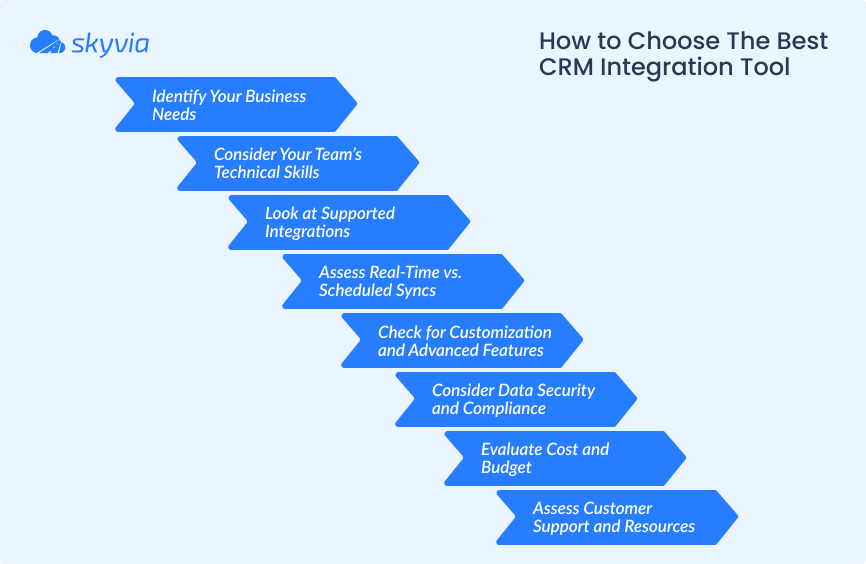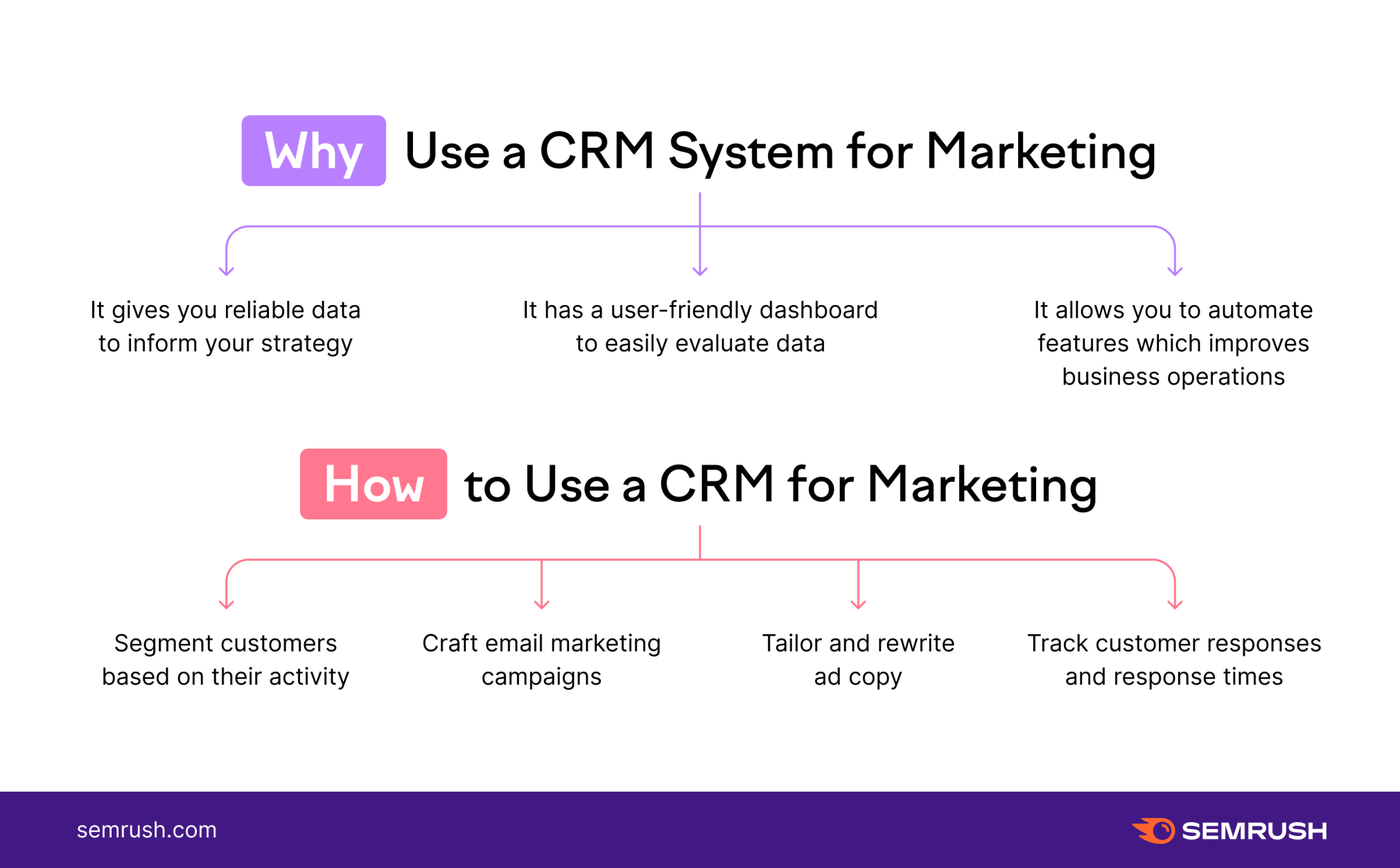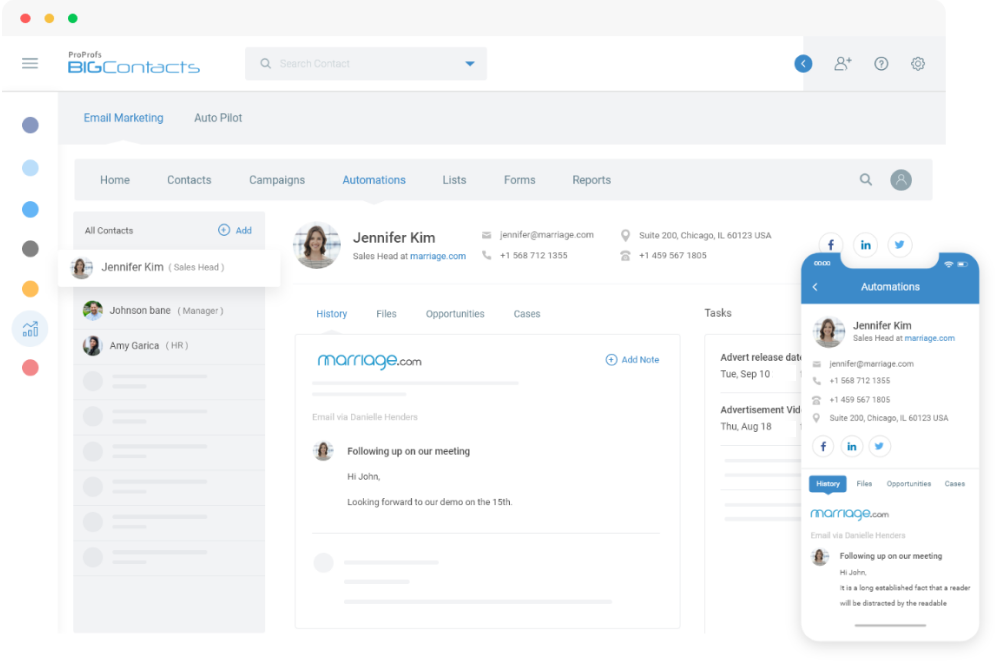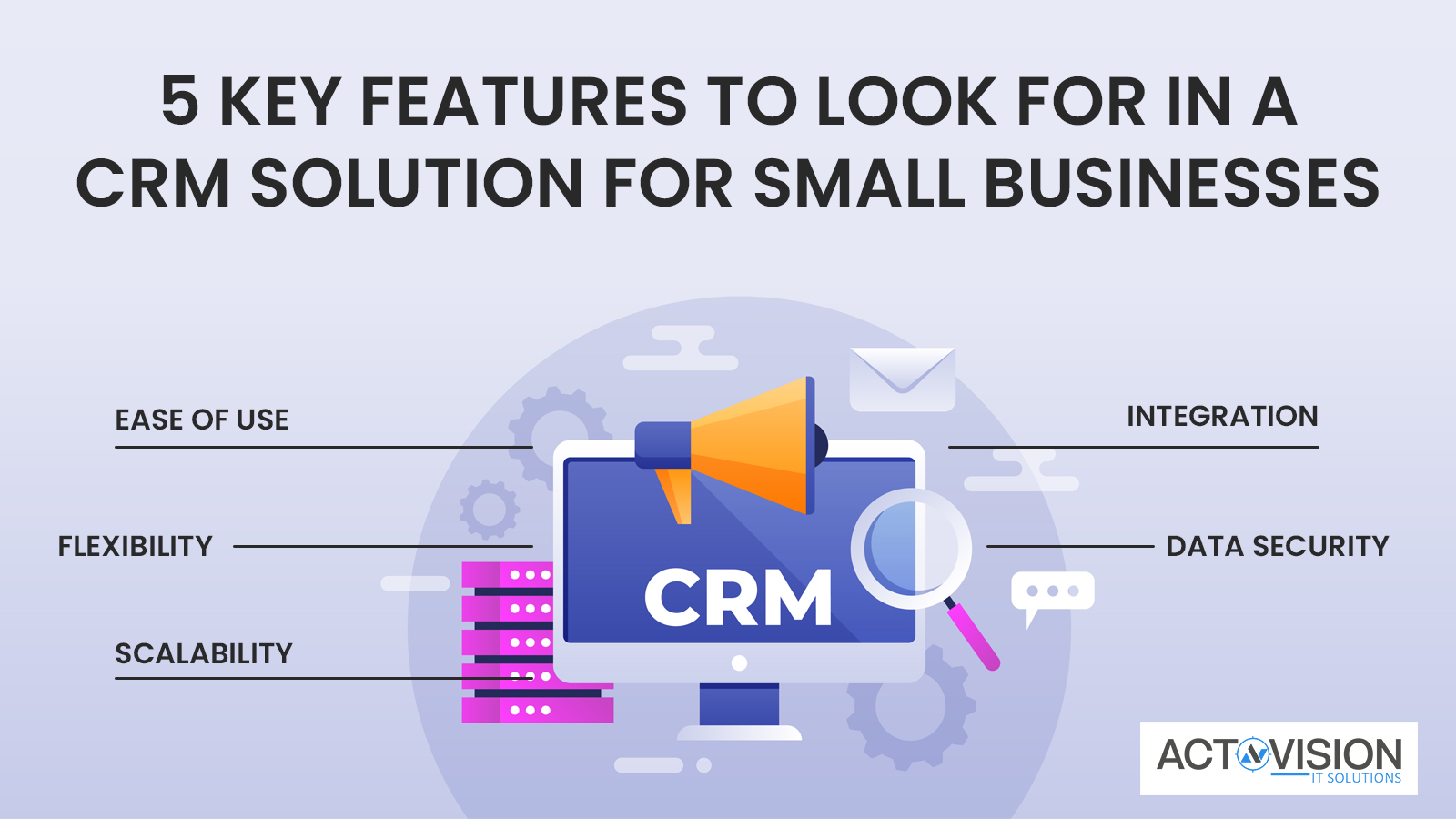In the dynamic world of marketing, data is king. And when it comes to customer relationship management (CRM), understanding the right metrics is the key to unlocking valuable insights, optimizing strategies, and driving significant returns on investment (ROI). This comprehensive guide delves deep into the realm of CRM marketing metrics, providing you with the knowledge and tools you need to measure success, make informed decisions, and ultimately, achieve your marketing goals. We’ll cover everything from the fundamental KPIs to advanced analytics, ensuring you’re equipped to navigate the complexities of CRM and leverage its full potential.
Understanding the Importance of CRM Marketing Metrics
Why are CRM marketing metrics so crucial? The answer lies in their ability to provide a clear and objective view of your marketing performance. Without these metrics, you’re essentially flying blind, making decisions based on guesswork rather than concrete evidence. CRM metrics offer a wealth of benefits, including:
- Improved Decision-Making: Data-driven insights empower you to make informed decisions about your marketing strategies, resource allocation, and campaign optimization.
- Enhanced Customer Understanding: Metrics provide a deeper understanding of your customers’ behavior, preferences, and needs, allowing you to tailor your marketing efforts for maximum impact.
- Increased ROI: By tracking key performance indicators (KPIs), you can identify what’s working and what’s not, leading to more efficient spending and a higher return on your marketing investments.
- Optimized Marketing Campaigns: Metrics enable you to continuously refine your campaigns, ensuring they resonate with your target audience and drive conversions.
- Better Resource Allocation: Understanding which channels, campaigns, and strategies are most effective allows you to allocate your resources more efficiently, maximizing your impact.
Key CRM Marketing Metrics to Track
The landscape of CRM metrics is vast, but focusing on the right ones is essential. Here’s a breakdown of the most important metrics to track, categorized for clarity:
1. Customer Acquisition Metrics
These metrics focus on the effectiveness of your efforts to attract new customers:
- Customer Acquisition Cost (CAC): This is the total cost of acquiring a new customer, calculated by dividing your total marketing and sales expenses by the number of new customers acquired. A lower CAC indicates greater efficiency.
- Conversion Rate: This measures the percentage of leads that convert into paying customers. It’s a critical indicator of the effectiveness of your sales funnel and marketing campaigns.
- Lead Conversion Rate: Measures the percentage of leads that convert into qualified leads.
- Website Traffic to Lead Ratio: This metric tells you how effectively your website generates leads. It’s calculated by dividing the number of leads generated by the website traffic.
- Marketing Qualified Leads (MQLs): These are leads that have shown interest in your product or service and are considered more likely to convert. Tracking the number of MQLs helps you assess the effectiveness of your lead generation efforts.
- Sales Qualified Leads (SQLs): These are leads that have been vetted by the sales team and are ready for a sales conversation. Monitoring SQLs provides insight into the quality of leads generated by marketing.
2. Customer Relationship Metrics
These metrics focus on the health of your customer relationships:
- Customer Lifetime Value (CLTV): This predicts the total revenue a customer will generate throughout their relationship with your business. It’s a crucial metric for understanding the long-term value of your customers and guiding your customer retention strategies.
- Customer Retention Rate: This measures the percentage of customers who remain loyal to your business over a specific period. A high retention rate indicates strong customer satisfaction and loyalty.
- Churn Rate: This is the percentage of customers who stop doing business with you over a specific period. A high churn rate signals potential problems with your product, service, or customer experience.
- Net Promoter Score (NPS): This measures customer loyalty and willingness to recommend your business to others. It’s a valuable indicator of customer satisfaction and brand advocacy.
- Customer Satisfaction Score (CSAT): This measures customer satisfaction with a specific interaction, such as a purchase or customer service interaction.
- Customer Effort Score (CES): This measures how much effort customers have to exert to get their issues resolved or their needs met. Lower scores indicate a better customer experience.
3. Marketing Campaign Performance Metrics
These metrics assess the effectiveness of your individual marketing campaigns:
- Click-Through Rate (CTR): This measures the percentage of people who click on a link in your email, ad, or other marketing materials. A higher CTR indicates that your content is engaging and relevant to your audience.
- Open Rate: This measures the percentage of people who open your email. It’s a key indicator of the effectiveness of your subject lines and email deliverability.
- Conversion Rate (Campaign-Specific): This measures the percentage of people who complete a desired action (e.g., making a purchase, filling out a form) after interacting with a specific campaign.
- Cost per Acquisition (CPA): This is the cost associated with acquiring a customer through a specific marketing campaign. It helps you determine the ROI of individual campaigns.
- Return on Ad Spend (ROAS): This measures the revenue generated for every dollar spent on advertising. It’s a critical metric for evaluating the profitability of your advertising campaigns.
4. Sales Team Performance Metrics
These metrics focus on the performance of your sales team and their interactions with customers:
- Sales Cycle Length: This measures the time it takes for a lead to convert into a customer. A shorter sales cycle can indicate increased efficiency and effectiveness.
- Average Deal Size: This is the average value of a closed deal. It provides insights into the revenue potential of your sales efforts.
- Sales Conversion Rate: This measures the percentage of leads that convert into paying customers by the sales team.
- Opportunity Win Rate: This measures the percentage of opportunities that are won by the sales team.
- Sales Velocity: A measure of how quickly a company generates revenue. It is calculated by multiplying the number of opportunities by the average deal size, the win rate, and the sales cycle length.
How to Track and Analyze CRM Marketing Metrics
Tracking and analyzing CRM marketing metrics effectively requires a systematic approach. Here’s a step-by-step guide:
1. Define Your Goals and Objectives
Before you start tracking any metrics, clearly define your marketing goals and objectives. What do you want to achieve? Are you focused on increasing brand awareness, generating leads, driving sales, or improving customer retention? Your goals will determine which metrics are most relevant to track.
2. Choose the Right CRM and Marketing Tools
Select a CRM system and marketing automation tools that offer robust reporting and analytics capabilities. Popular options include Salesforce, HubSpot, Zoho CRM, and Marketo. Ensure that the tools you choose can track the metrics that are important to your business.
3. Implement Tracking and Measurement
Set up tracking mechanisms to collect the data you need. This may involve integrating your CRM with your website, marketing automation platform, and other relevant tools. Ensure that your tracking is accurate and reliable.
4. Establish a Reporting Cadence
Create a regular reporting schedule to analyze your metrics. This could be weekly, monthly, or quarterly, depending on your needs. Consistent reporting allows you to monitor trends, identify areas for improvement, and make data-driven decisions.
5. Analyze the Data and Identify Insights
Once you have collected the data, analyze it to identify key insights. Look for trends, patterns, and anomalies. Compare your performance against your goals and objectives. Don’t just collect data; derive meaningful insights from it.
6. Take Action and Optimize
Based on your analysis, take action to optimize your marketing strategies. This could involve adjusting your campaigns, refining your targeting, or improving your customer experience. Continuously test and iterate to improve your results.
7. Regularly Review and Refine Your Metrics
The marketing landscape is constantly evolving, so it’s important to regularly review and refine your metrics. Ensure that you are tracking the most relevant metrics and that your tracking methods are up-to-date. Adapt to changes in the market and in your business goals.
Best Practices for Using CRM Marketing Metrics
To maximize the value of your CRM marketing metrics, consider these best practices:
- Focus on Actionable Metrics: Choose metrics that provide actionable insights and can inform your decision-making. Avoid vanity metrics that look good but don’t contribute to your bottom line.
- Set Benchmarks and Targets: Establish benchmarks and targets for your key metrics. This provides a clear framework for measuring success and identifying areas for improvement.
- Segment Your Data: Segment your data by customer segment, campaign, channel, or other relevant criteria. This will help you gain a more granular understanding of your performance and identify opportunities for optimization.
- Automate Reporting: Automate your reporting process to save time and ensure consistency. Most CRM and marketing automation tools offer reporting features that can be customized to meet your needs.
- Share Insights with Stakeholders: Share your findings and insights with relevant stakeholders, such as your sales team, marketing team, and executive leadership. This fosters collaboration and ensures that everyone is aligned on your goals.
- Continuously Learn and Adapt: The world of CRM marketing is constantly evolving. Stay up-to-date on the latest trends and best practices, and be willing to adapt your strategies as needed.
- Use Data Visualization: Use data visualization tools like charts and graphs to communicate insights more effectively. Visual representations can make complex data easier to understand and more engaging.
Tools and Technologies for Tracking CRM Marketing Metrics
Several tools and technologies can help you track and analyze your CRM marketing metrics. Here are some of the most popular options:
- CRM Systems: Salesforce, HubSpot, Zoho CRM, and Microsoft Dynamics 365 are all-in-one platforms that provide robust reporting and analytics capabilities.
- Marketing Automation Platforms: Marketo, Pardot, and Act-On offer advanced analytics features and can integrate with your CRM to provide a comprehensive view of your marketing performance.
- Google Analytics: This free web analytics tool provides valuable insights into your website traffic, user behavior, and conversion rates.
- Spreadsheet Software: Microsoft Excel and Google Sheets can be used to create custom reports and analyze your data.
- Data Visualization Tools: Tableau, Power BI, and Klipfolio allow you to create interactive dashboards and visualize your data in a clear and engaging way.
Common Challenges and How to Overcome Them
While CRM marketing metrics offer immense value, there are also challenges to consider:
- Data Silos: Data scattered across different systems can make it difficult to get a comprehensive view of your marketing performance. The solution is to integrate your systems and create a centralized data repository.
- Data Accuracy: Inaccurate data can lead to flawed insights and poor decision-making. Ensure data accuracy by implementing data validation rules and regularly cleaning your data.
- Lack of Integration: The lack of integration between your CRM and marketing tools can limit your ability to track key metrics. Integrate your systems to create a seamless data flow.
- Analysis Paralysis: Being overwhelmed by the sheer volume of data can lead to analysis paralysis. Focus on the most important metrics and prioritize your analysis accordingly.
- Lack of Expertise: A lack of expertise in data analysis can hinder your ability to extract meaningful insights from your data. Invest in training or hire a data analyst to help you.
The Future of CRM Marketing Metrics
The future of CRM marketing metrics is bright, with several trends shaping the landscape:
- Artificial Intelligence (AI): AI is being used to automate data analysis, identify patterns, and provide predictive insights.
- Machine Learning (ML): ML algorithms are used to personalize customer experiences and optimize marketing campaigns.
- Data Privacy: With increasing concerns about data privacy, marketers are focusing on ethical data collection and usage practices.
- Cross-Channel Attribution: Marketers are working to understand the customer journey across multiple channels and attribute conversions accurately.
- Real-Time Analytics: The ability to analyze data in real-time is becoming increasingly important for making timely decisions and optimizing campaigns.
Conclusion: Harnessing the Power of CRM Marketing Metrics
In conclusion, CRM marketing metrics are essential for measuring success, optimizing strategies, and driving ROI. By understanding the key metrics, tracking them effectively, and taking action based on your insights, you can transform your marketing efforts and achieve your business goals. Embrace the power of data, continuously learn and adapt, and watch your marketing performance soar. The journey to data-driven marketing success starts with a deep understanding of your metrics. So, dive in, analyze, and unlock the full potential of your CRM system.
By consistently monitoring and analyzing the right CRM marketing metrics, you’ll be well-equipped to navigate the ever-evolving marketing landscape, make data-driven decisions, and achieve lasting success in your customer relationship management endeavors. Remember, the most successful marketers are those who embrace data, learn from their experiences, and continuously strive for improvement.





